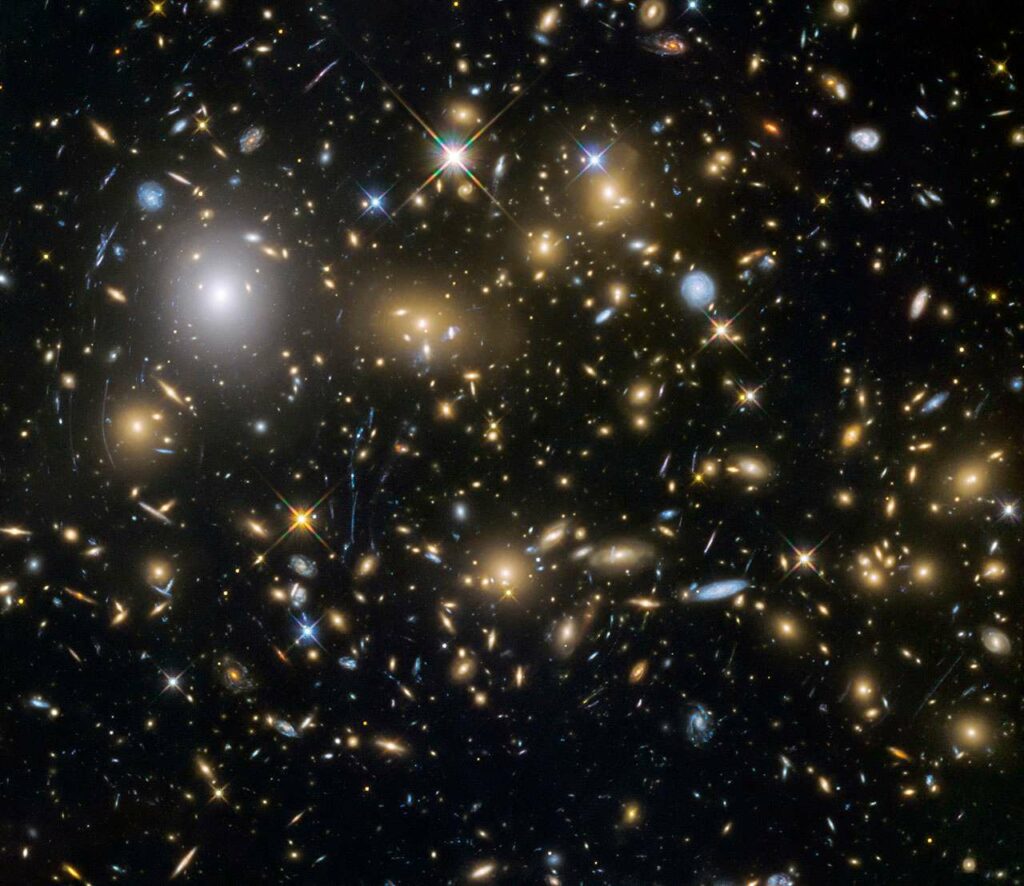A missing radio signal narrows down theories about infant galaxies

Sometimes what you can’t see is just as important as what you can. When astronomers looked at the first generation of galaxies, which began to shine just 200 million years after the Big Bang, using the SARAS3 radio telescope in India, they noticed an important signal created by cold hydrogen atoms, the 21cm line, was absent.
“Our analysis places limits on some of the key properties of the first sources of light, including the masses of the earliest galaxies and the efficiency with which these galaxies can form stars,” says Anastasia Fialkov from the University of Cambridge.
The results mean several theories about early galaxies can be ruled out – including that they were more than a thousand times brighter than current galaxies at radio wavelengths and were poor heaters of hydrogen – as well as putting upper limits on their masses. This will give key insights into the era when the Universe transitioned from being devoid of light to being filled with stars and galaxies. www.cam.ac.uk